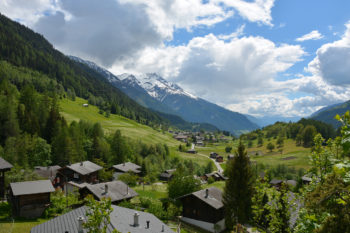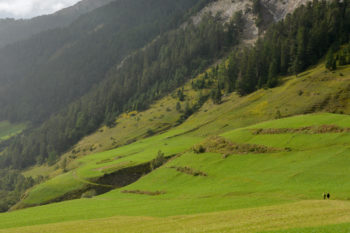Bern has an abundance of enviable B’s: bears, bike paths, botanic gardens, brains, bars, beers, bridges, best quality of life and Begegnungszonen (yeah, see #7).
If you think of European capital cities, chances are Bern doesn’t immediately come to mind (no, the capital is NOT Geneva or Zurich). The city may be on the small side but it should not be overlooked.
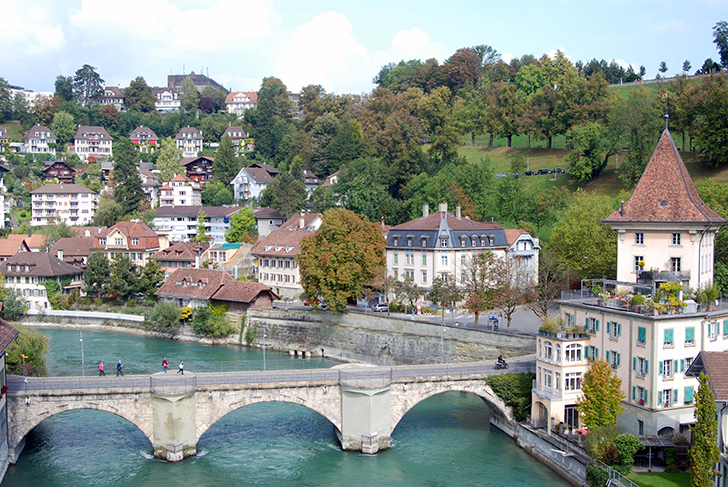
You’d have to be a cold-hearted ogre to not fall in love with Bern’s UNESCO World Heritage old town, an enchanted medieval setting plucked from Grimm’s fairy tales. Labyrinthine cobblestone streets wind around clock towers, gothic cathedrals, past miles of covered shopping arcades and sandstone buildings with rosy red rooftops, leading down to stone bridges gracefully straddling the turquoise waters of the River Aare. The town is full of unusual details that hint at mysterious folklore.
1. The River
Many of the world’s great capital cities are situated on a river: London, Paris, Bangkok, Taipei, Cairo, Dhaka, Phnom Penh, Washington D.C., Rome, Beijing… Now imagine swimming in any of them.
Did you shudder?
Bern’s river is the Aare, the longest wholly Swiss river. It originates from the Oberaar glacier in the eastern Bernese Alps where the crystal mountain waters then flow through Lake Brienz, famed Interlaken and Lake Thun before reaching the city and looping around the old town. The water is clean and on a summer’s day, you’ll see people young and old tubing down the river. Can you imagine doing that in the Chao Phraya?
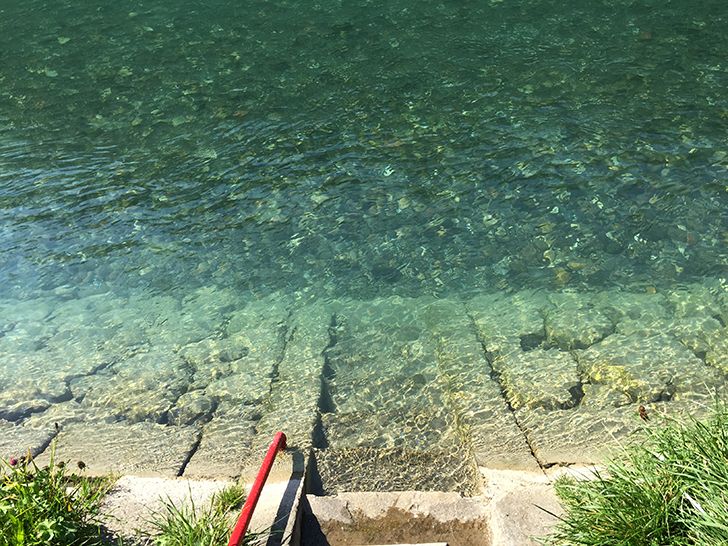
For those wishing to partake in a dip or a swim, head upriver to Schönausteg where you can step in from stairs on the riverbank or jump off the low bridge. Float down enjoying the tranquil scenery and pretty cityscape. The best place to get out is at Marzili where there are steps with handrails. But don’t forget the tradition: just before the put-out there’s a cable suspended above the river and it’s customary that on your first float of the year, you take off you swim bottoms and throw it over the cable, hopefully retrieving them (and putting them back on) before getting out of the water.
Reference:
https://www.aaremarzili.info
http://www.myswitzerland.com/en-us/aare.html
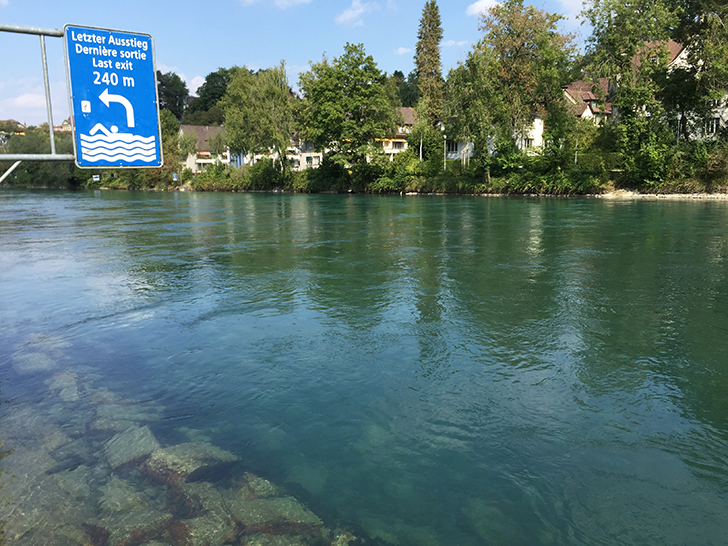
2. Bears
To say Bern has an obsession with bears would be putting it mildly. The animal adorns Bern’s coat of arms and you’ll see the heraldic beast all over the city, from manhole covers to its iconic Zytglogge clock tower to the logo of SC Bern, the beloved hockey team. The city may have even derived its name from it. Legend has it that a bär was the first animal founder Berthold V, Duke of Zähringen saw on his hunt.
You can see live bears right in the middle of the city, a tradition that dates back to 1513. A family of four currently call Bear Park home, a spacious outdoor enclosure with a river side location. Compared to the old Bear Pit, used until 2009, they should actually call it “Bear Spa” since their pad boasts luxury hydrotherapy (a swimming pool) and Zen relaxation rooms (caves).
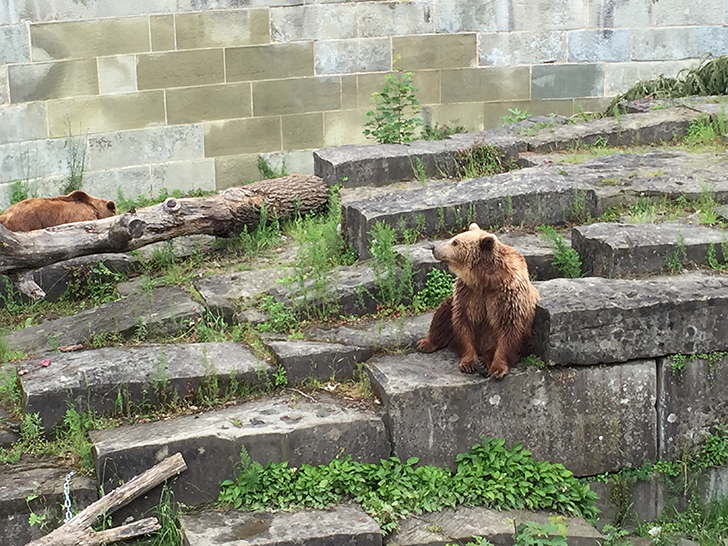
Björk, Finn, Ursina and Berna may look cute and fuzzy but don’t mess with brown bears; over the years there have been a few souls who found this out the hard way.
The earliest recorded incident was in 1861, when a drunk Norwegian captain, trying to prove his bravery – or stupidity – jumped into the pit. He barely escaped with his life – but not with his clothes. In 1998, a drunk man stood on top of the wall pelting a bear with snowballs when he slipped and fell into the pit. The bear taught him a lesson before guards were able to distract her and lure her away. The man luckily survived.
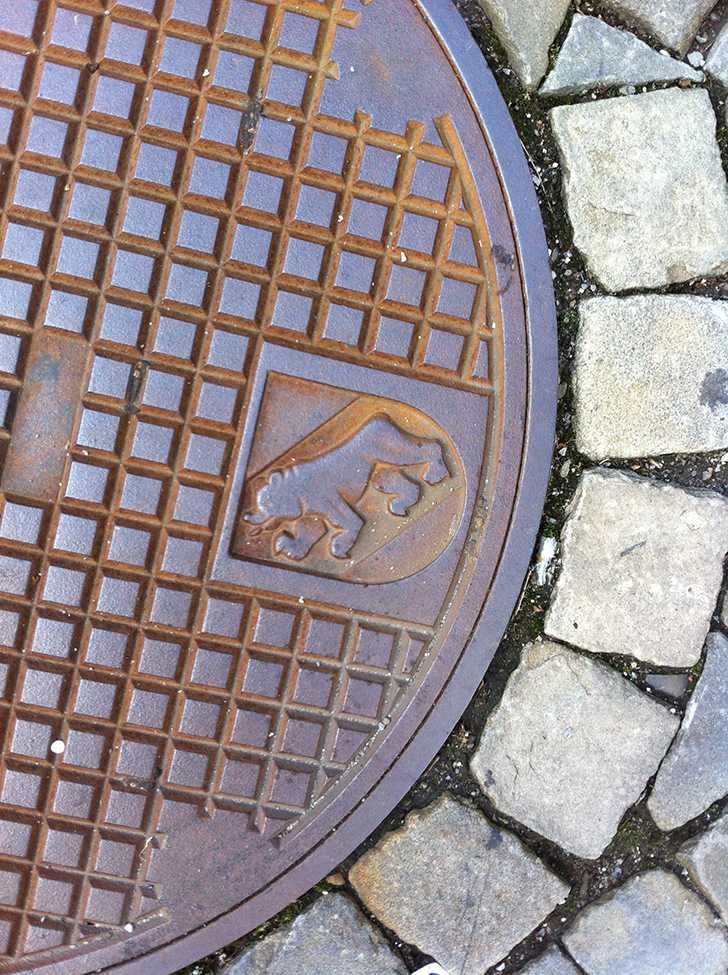
3. Green space
I was fairly surprised when I chugged up a city bike path and came face to face with a cow under an apple tree. As I paused to catch my breath, we both regarded each other with suspicion. It was autumn and little apples were falling, and every time one plonked her on the head she snorted with indignation, but she refused to move.
In Bern, mingling with the locals would include 1,170 cattle, 2,075 pigs and 596 sheep, part of 50+ agricultural businesses. According to the “Bern Alive”, over 50% of the city is green, with 21,000 trees in 130 parks, 95 playgrounds and public gardens. It proudly summarizes, “Which other European capital can boast this extraordinary mix of rural idyll and first-rate infrastructure?” to which I add, “Which other European capital can you watch apples rain down on a cow?”
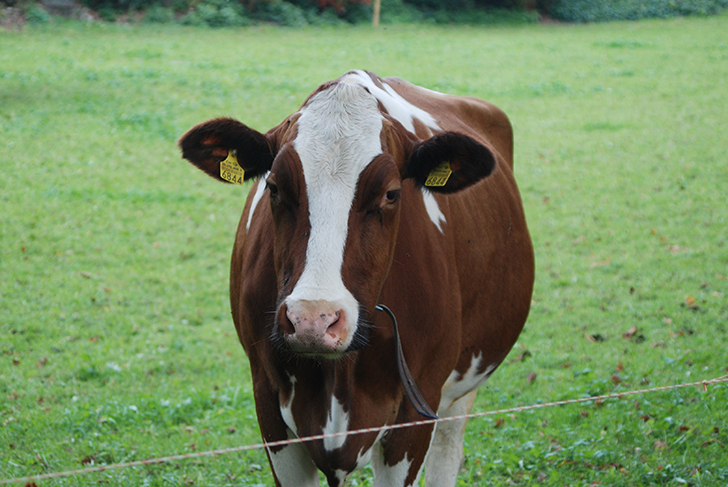
4. Migros
Migros is the country’s largest retail company, supermarket chain and employer. So why mention one of the forty largest retailers in the world?
When I asked a local for a recommendation for a cheap and cheerful restaurant, his reply was, “You have come to the wrong country my friend.”
There are laws of nature in this world: What goes up must come down; you will spill something on a brand new shirt; Switzerland is expensive. If you’re on a budget then Migros Restaurant is heaven sent. There’s a reason city workers flock here at lunch break. This cafeteria-style restaurant above the supermarket has affordable meals. Load up at the fresh salad bar for less than 10 Swiss Francs. Find soups, sandwiches, pastries, quiche, desserts, juices and Swiss favorites like schnitzel, spätzle and rösti. A quality hot main course with sides will cost you 10 – 18 CHF.
So if you can save some money here, then maybe you’re able to stay in Bern a little longer.
Migros in Bern: Marktgasse 46, 2nd floor, a few blocks from the Zytglogge clock tower. 07:30-19:00.
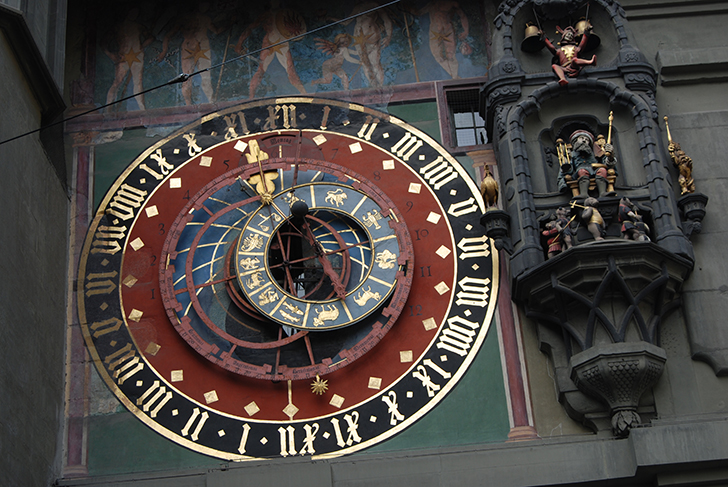
5. Einstein
In 1903, a 24-year old Albert Einstein moved into a second floor flat at no. 49 Kramgasse with his wife and began work at the Patent Office in Bern as a “technical expert third class.” In his spare time he wrote papers on physics. There were four published in 1905 that would shake the view of the world and the universe including the Special Theory of Relativity and E = mc2, laying the foundation for modern physics and his General Theory of Relativity. His annus mirabilis was in Bern.
No. 49 Kramgasse is now Einstein-Haus, a museum with photographs and documents on display. See the tiny flat in Bern where large brainy ideas were born. There’s a lovely cafe underneath.
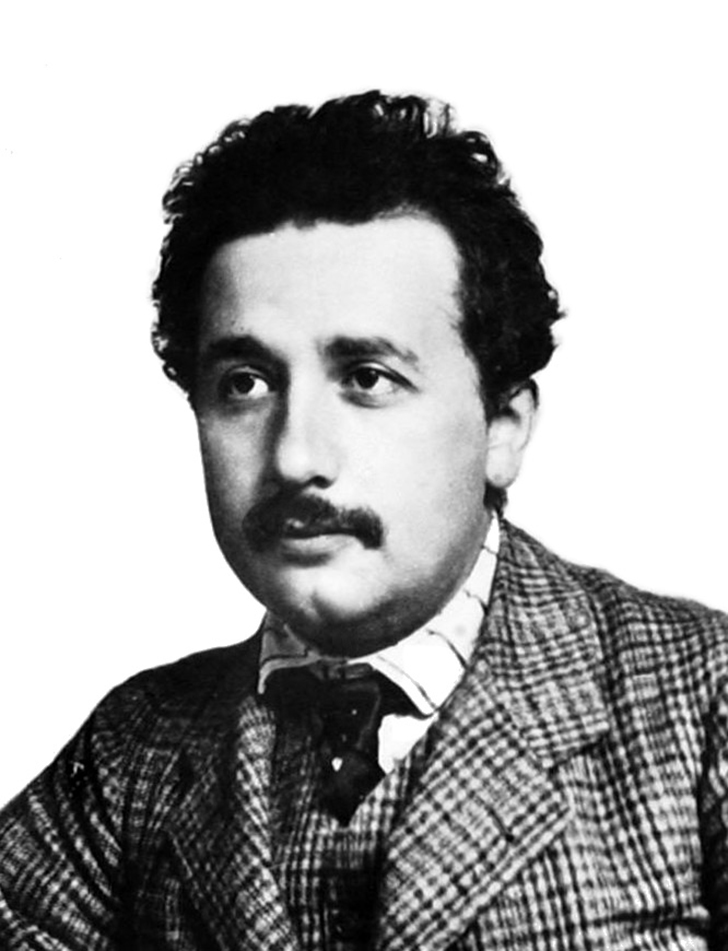
6. Biking trails
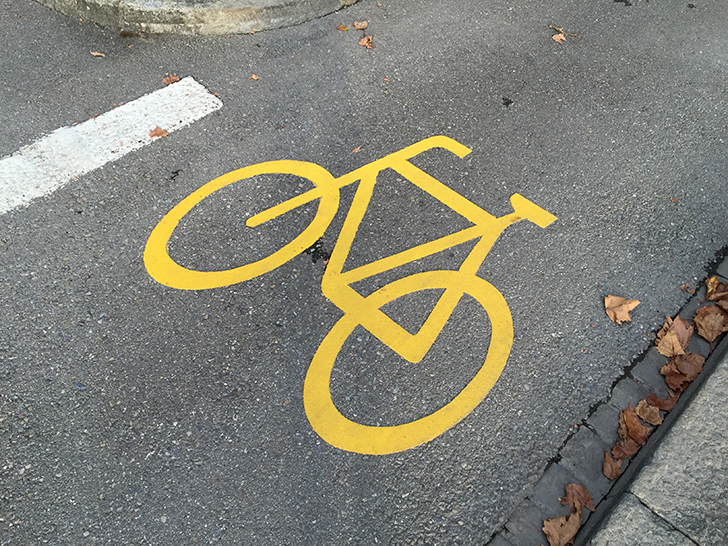
Bern is a bicycle-philic city. Cyclists rule the roads. There are about 8,000 public bike stands, and it’s estimated that 74,000 households own 100,000 bicycles which is twice the number of cars. Having been born in raised in Toronto, which suffers from a longstanding battle between cars and cyclists (cars are winning), this is a refreshing attitude. Bern has wholeheartedly embraced a cheap, clean way for transportation. And even though I question the sanity of people who like to run for pleasure, I believe that all people – yes, even crazy runners – deserve the right to be safe on the roads and the city makes this possible by limiting cars in certain zones and with a long connected network of bicycle/running lanes, including a stunning tree shaded pathway all along the river.
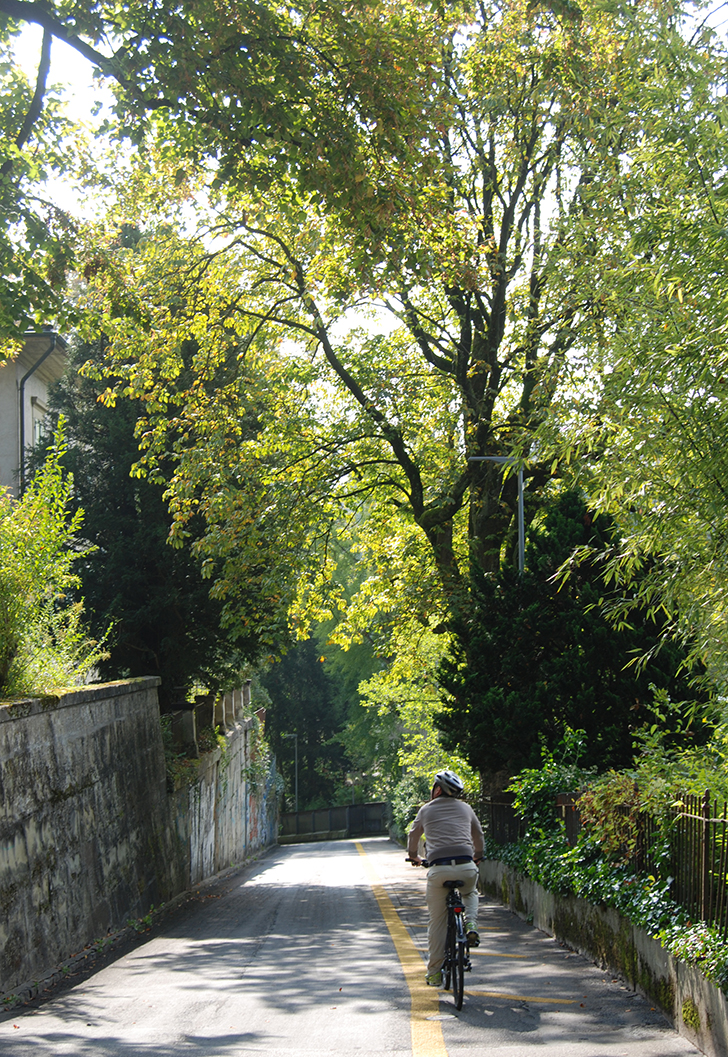
7. Begegnungszonen
Literally translated, Begegnungszonen is a space of encounters, a place where people meet again and socialize. In a legal sense, it’s a 20 km/h zone so kids can play in the streets and to create a convivial atmosphere in neighbourhood. The brilliant part is that the people have the power to decide. If a majority of locals sign a request and the residential street in question meets a few requirements, it can be transformed into a Begegnungszonen.
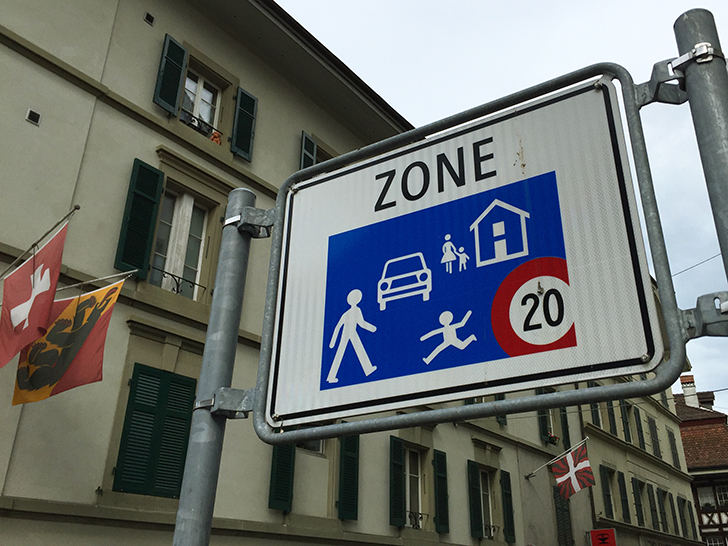
8. Fountains
Bern has fountains. Lots of them. There are over 100, earning Bern the moniker “City of Fountains”. Even more remarkable perhaps is that you can drink straight from any one of the spouts – it’s clean drinking water and it’s tested daily. There are few cities in the world where you could imagine doing that.
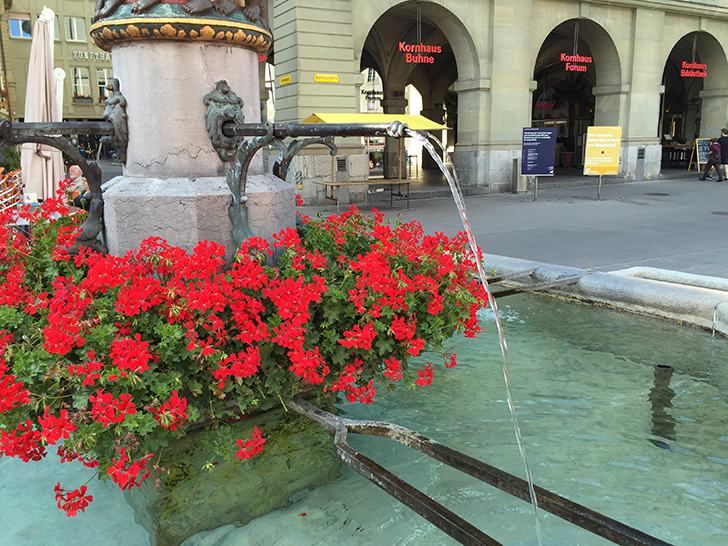
And it wouldn’t be Bern if the fountains didn’t have some offbeat folklore, like the Glasbrunnen, a fountain in the woods said to have special magical qualities. We’re talking about legends with knights and ladies and all that fairy tale jazz. Or the fountain of the Kindlifresserbrunnen (pictured on the right), a nightmarish mythical ogre that feasts on children. The fountain has the monster devouring a baby.
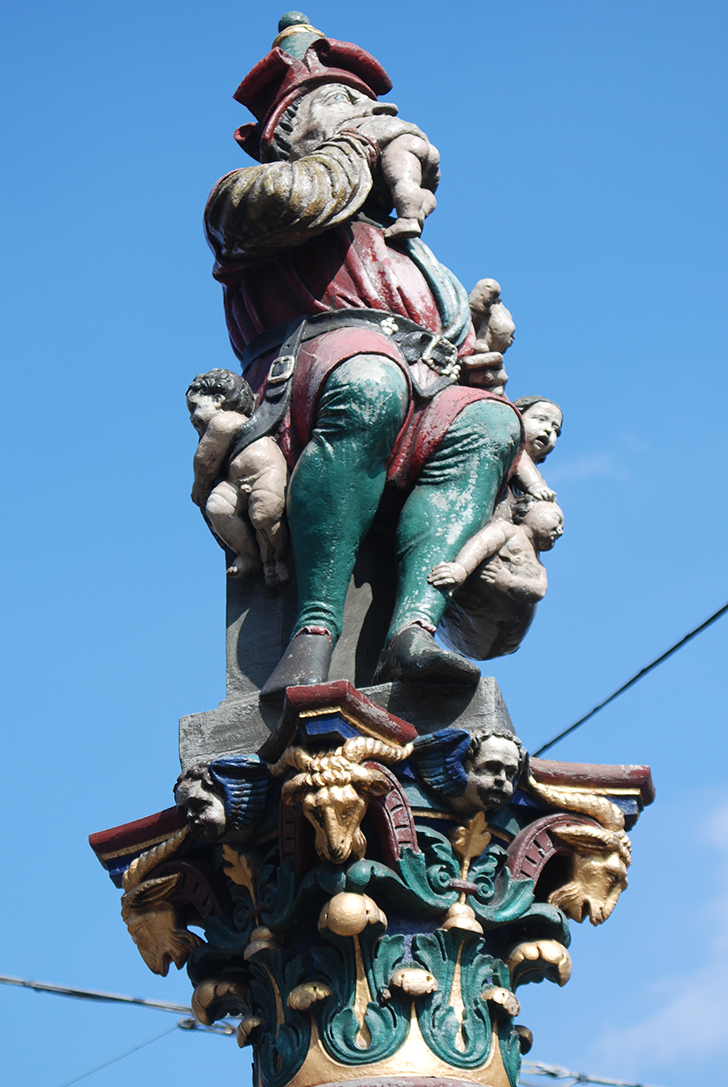
9. Zibelemärit
I was originally going to remark on the excellent bars, beers and watering holes to be enjoyed in Bern but then I was told about Zibelemärit, the onion market. At first I assumed it was a traditional name that simply stuck. Well, the largest market in Bern is, in fact, a market devoted to onions.
Onions.
On the fourth Monday of November every year, farmers of the region bring over 100 tons of onions to Bundesplatz square to celebrate the mighty pungent bulb. And people from all over Switzerland arrive at a ridiculously early hour to buy them. Yes, there are other veg on sale and tasty onion treats like onion soup, onion tarts and onion sausage but the main attraction are the artistically woven wreaths of onions. As Bern.ch boasts (roughly translated): “The Onion Market is not only a big party for the people of Berne, but all of Switzerland as a unique event in the run up to Christmas. The first guests arrive early in the morning to dive into the hustle and bustle and to secure the best onion braids.”
So if you want to secure the best onion braids, get to this year’s Zibelemärit on November 24 at 5:00 am.
There’s even a confetti fight.
Onions and confetti. Are you in love with Bern yet?
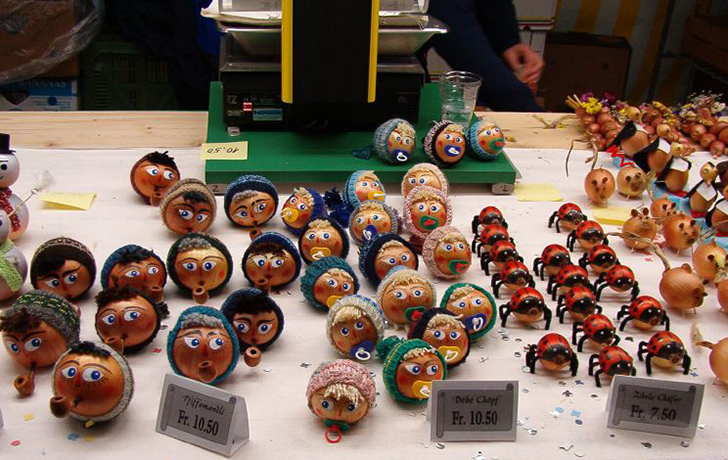
10. Best quality of life
According to the Quality of Life Index in 2014, Bern is one of the top ten best places to live in the world. The city consistently makes the top ten rankings every year.
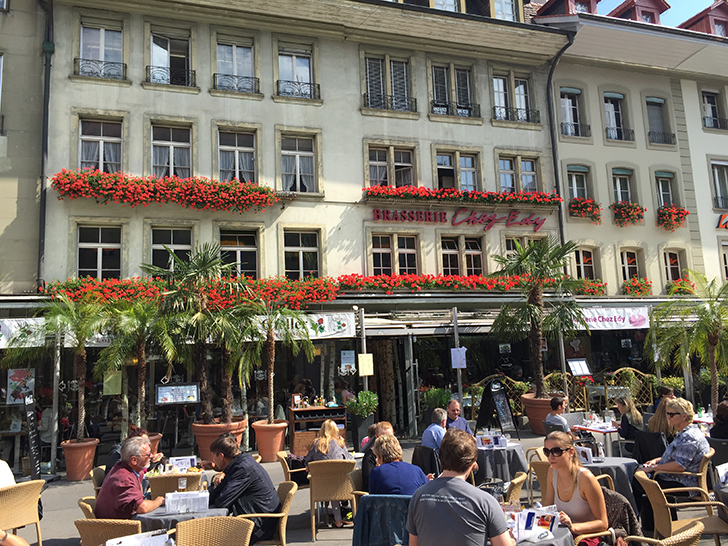
And that really sums it up. Sometimes we visit exotic places and relish in the chaos, excitement and strangeness. There’s also merit in discovering charming places like Bern, functional little places, made for living but with enough quaint, quirk, beer and cheese to make a visitor want to stay and explore some more.
